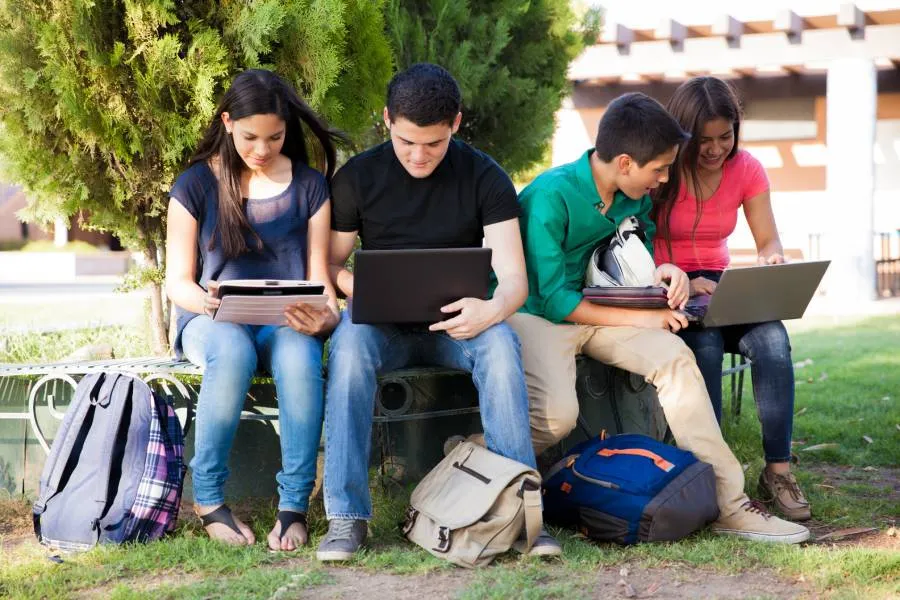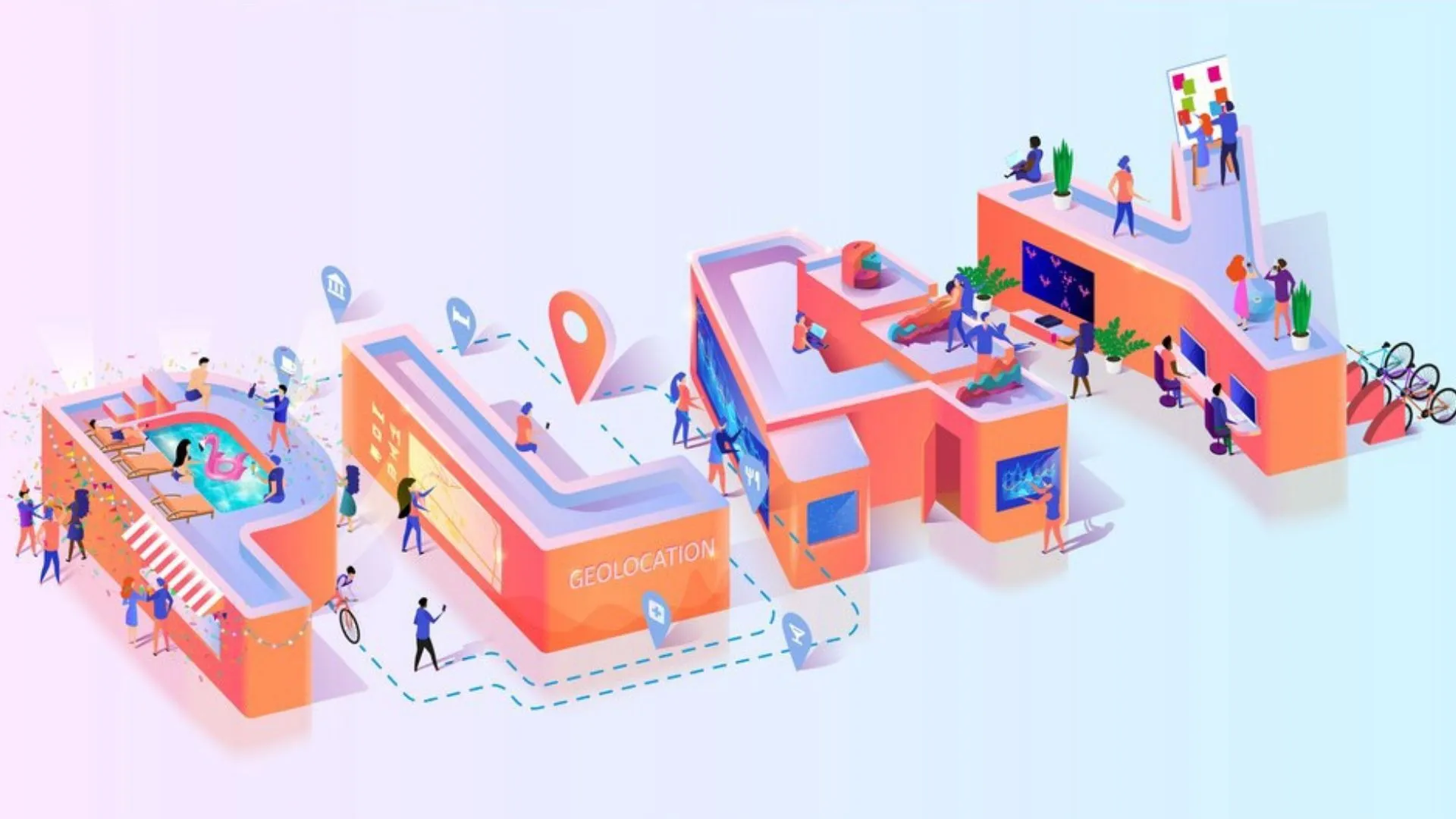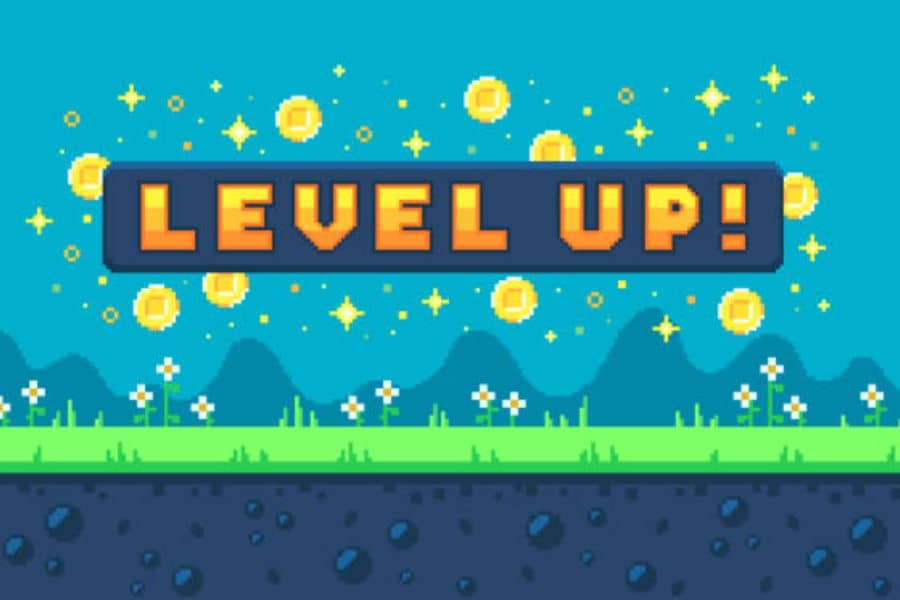Have you heard of gamification? Did you know that it can be an asset in the classroom?
“Gamification is a learning method that uses different game elements in learning environments and can be a very strong motivator for students,” says Mónica Maluy, a PrepaTec teacher at the Saltillo campus.
Mónica, who has been applying gamification in her classes since 2016, adds that apart from it being a creative approach to class material, students also develop competencies such as self-management.

“Gamification isn’t just about playing Jeopardy or putting on Kahoot one day. It has a much more complete and complex context into which various game elements are integrated. This requires a lot of organization,” Maluy says
10 tips to incorporate gamification experiences into your classes and boost your students’ learning.
- Explore gamification tools
- Establish a game system, levels, and rewards
- Include a variety of games
- Turn your students into co-designers
- Let them make mistakes and try again
- Aim for tangible progress
- Design challenges and quests instead of tasks and projects
- Create team challenges
- Don’t forget to give feedback
- Gamification is also possible without technology

1. Explore gamification tools
There are various technological and educational platforms based on gamification that are designed to convert any course into a more interactive experience.
One example is Classcraft, an online platform that gamifies learning according to the needs of educators and can be used both for free and in its paid version.
“I really like how Classcraft has evolved over time and how it’s a suitable platform for both beginners and experts to implement in their classrooms,” says the academic.
Here are some other tools you can explore:
- Cerebriti: allows you to create quiz games and use interactive maps.
- Elever: aims for participants to achieve certain competencies by performing quick exercises.
- Quizizz: allows creation of quizzes that students can answer in three ways: as a live competition, as an assignment, or as an exercise to be done individually.
- Minecraft: Education Edition: can be used to teach mathematics and programming and to acquire teamwork and problem-solving skills.
- Quizlet: allows you to convert flashcards, created by you or other users, into four dynamic game modes.
On Tec de Monterrey’s Edutools site, you can find the Games and Dynamics collection with the description of more than 30 apps and gamification tools.

2. Establish a game system, levels, and rewards
Just as educators need to plan their course prior to class sessions with students, gamification requires that the elements of the game are presented to them from the beginning and that all players know about them.
The expert recommends the following:
- Spend time designing your classroom narrative and story before the school term.
- Set goals for the competencies you want your students to develop.
- Set up aspects such as levels and rewards.
In this series of documents produced by the Tec’s Educational Innovation area, you will find a step-by-step guide for planning your gamification strategy.
3. Include a variety of games
Maluy points out that not all students learn in the same way, so a range of activities is essential to cover all types of student learning styles.
She adds that it is necessary to pay attention to how well the class engages with the games and to make use of direct communication to adapt the planning to the classroom.
“I recommend using a variety of tools that are interesting to students and integrating them into our classroom design, combining the original narrative with additional elements,” she says.
4. Turn your students into co-designers
Maluy says that it is important to allow your students to participate in the design of the class, encouraging them to express their creativity and previous experiences and to have some control over the direction of the class.
“Even if we’ve already agreed on the classroom skills we want to develop, students can still suggest ideas that can help us get the most out of the class and the game,” she says.
She also says that the rewards and the design of characters and badges are great opportunities for players to interact more directly with the class design.

5. Let them make mistakes and try again
By losing a challenge in a video game, users can learn from their mistakes and try again. The same concept can be applied to classrooms.
“One of the biggest advantages of gamification in class is that students have the opportunity to make mistakes and try again until they learn, without the pressure or stigma of failing.”
And, for those students who succeed immediately, they can move on to new challenges or try to increase their score.
6. Make progress tangible
In games, players have levels or progress bars that indicate their level of progress and experience.
Gamified classrooms can implement similar elements that indicate how far students advance or how close they are to obtaining the next level.
“It’s important for students to be able to see how they are progressing and how they compare to others, fostering healthy competition in a controlled learning environment,” the teacher explains.

7. Design challenges or quests instead of tasks and projects
The same elements found in games can be applied to a gamified classroom just as tasks and projects can be presented in a fun but challenging way.
It’s all about changing the context and narrative the assignments are presented in, says the Tec teacher.
“I try to divide long projects into challenge stages in which students receive points, rewards, or even different badges for their progress every time they complete a section in this narrative,” she says.
8. Create team challenges
Maluy thinks that another great advantage of gamification is how easy it is to introduce the concept of teamwork or a “co-op” in order to overcome challenges or to level up.
“We can use collaborative learning so that everyone has a role: leader, time manager, etc. This facilitates teamwork.”
She recommends aiming for a balance between individual play and teamwork, ensuring that the members of each group complement each other according to their abilities and learning styles.
9. Don’t forget to give feedback
Feedback is essential for players to know how they are progressing in the game, and it should work in a similar way in classrooms as students should receive and give feedback, so they know how well they are doing.
“As teachers, we must be prepared to give the most accurate feedback possible to the challenge because students must be able to identify what they did wrong or how they can do better in order to stay motivated.”
It is also essential that students give feedback to each other or even to their teacher in order to advance forward as a group and achieve the proposed objectives together, says Maluy.
10. Gamification is also possible without technology
One piece of advice from the teacher is that although educational technology and online platforms are undoubtedly tools that facilitate gamification with preset designs, these are not the only way to gamify the classroom.
“Schools without access to these platforms can use visible and physical game elements such as student scoreboards and levels.”
She also recommended the use of posters, personalized cards, and other visual elements to apply gamification strategies in the classroom.
Advantages of gamification in the classroom
Maluy, who is director of the Department of Literature, Humanities, and Languages at PrepaTec Saltillo, says that students become involved in their own training when the gamification technique is used.
“The students themselves change their attitude when they see that a class can be fun and that they can learn in a more playful way. They are much more involved both in the classroom and with their classmates.”
The teacher points out that implementing gamification also helps academics shift educational paradigms.
“We may be afraid in the beginning that our course won’t be suitable for gamification, but we need to remember that gamification isn’t about playing every day but about using game elements to present our material,” she says.
When she started with this new vision of gamified education, the teacher recalls that it was useful for her to attend conferences on the subject, take online courses, and approach networks of experts who have published their experiences.
She acknowledges that taking the first steps to gamify a classroom can be overwhelming but that it pays off in the end.
That’s why she encourages her colleagues to join the gamification challenge and share their learning experiences with fellow teachers in order to create more extensive information networks on this topic.
“Sharing experiences in informal contexts is an opportunity we should take advantage of to build support among colleagues on gamification strategies,” she concludes.
YOU MAY ALSO BE INTERESTED IN READING:







